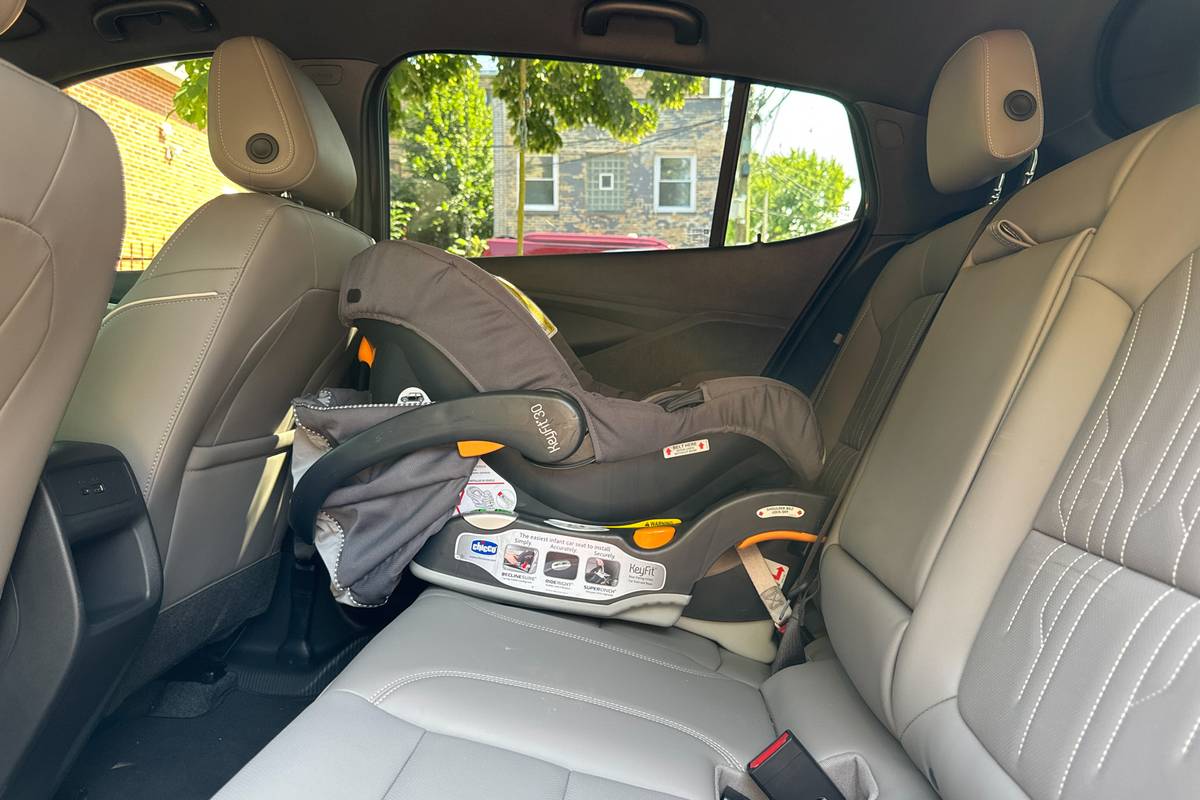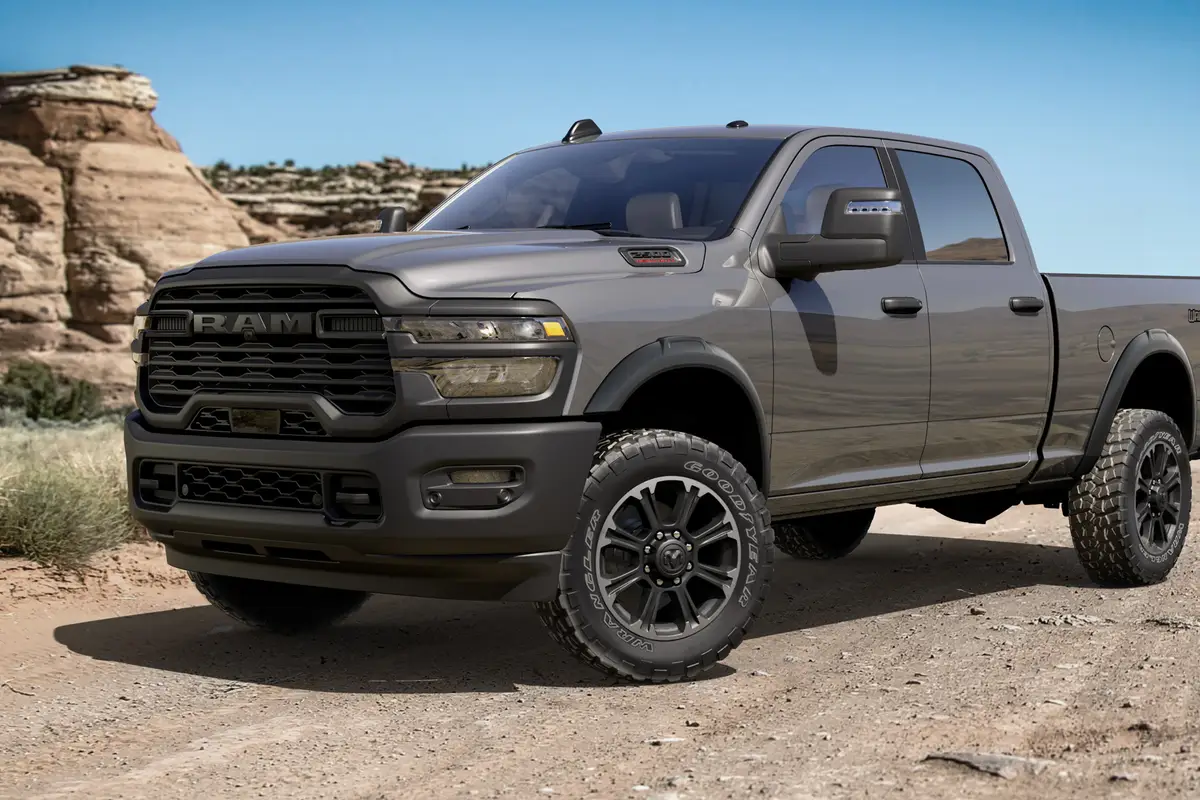IndyStar.com's view
The accent around Hyundai Motors for the 1998 model run is the new Hyundai Accent.
As the automaker’s entry-level offering for the subcompact category, the Accent sports a new look, new technology to reduce vibration, and engine and drivetrain refinements.
The three-door hatchback and four-door sedan models are designed to appeal to owners whose strong suit is affordability and reliability. The drag-race contingent need not apply.
The four-cylinder 1.5-liter engine, while embracing single-overhead-cam and three-valves-per-cylinder technology, is rated at 92-horsepower. That won’t win you too much at Indianapolis Motor Speedway, but what the Accent will win you is a very affordable purchase price and gas mileage near the top of the Environmental Protection Agency’s list. You can go four different ways with this car. The three-door lineup is the Accent L, GS, and sports-oriented Gsi, which replaces the Accent GT. The four-door is offered in GL form.
All are powered by the same engine. A five-speed manual transmission is standard, with an optional four-speed automatic available on all cars except the L model.
There is some debate about the viability of running an automatic with a 92-horsepower engine. If the car is equipped with optional air conditioning – also not available in the L – the system’s compressor puts a drag on an engine already not overly abundant with power.
Under such conditions, it pays not to be in a hurry. If you are the impatient type, the five-speed manual gearbox will provide a more spirited performance.
And, if the sporty GSi is your preference, the five-speed is by far the preferred transmission of choice. The model comes equipped with performance tires, alloy wheels, and a sports-tuned suspension. It really doesn’t make a whole lot of sense to encumber features like these with an automatic transmission.
The engine, which displaces 91-cubic inches/1,495 cc, features two intakes and one exhaust valve that are actuated by rocker arms. Torque is 97 foot-pounds.
The three-valve design is a good blend for responsive performance in relation to the power available, and for economy. When equipped with a manual gearbox, the Accent chalks up 28 miles per gallon in the city and an excellent 36 mpg on the highway.
The mileage drops with the automatic transmission, but only minimally. Ratings here are 27 mpg city/35 mpg highway – certainly nothing to be disturbed about if a driver doesn’t want to do his or her own shifting.
All this is enhanced by some design work to make the ’98 Accent quieter than the ’97 model. Engineering relocated the engine and transmission roll mounts to reduce vibration. New motor and radiator mounts further reduce vibration and idle noise. And finally, a new four-point power-steering bracket replaces the previous three-point version to enhance power-steer functions.
The Accent’s new look takes in a plethora of styling changes, particularly in the sedan version. The four-door has been given a new hood and halogen headlamps that sweep back into the fenders. The decklid has been restyled to accent the Accent’s aerodynamic lines.
All models receive new front and rear bumper fascias, tail lamps, bodyside moldings and wheel covers. I would say that Hyundai has followed a styling theme that’s evolutionary rather than revolutionary. Overall, the Accents are very attractive little automobiles, something that’s not too common with a subcompact model.
The interior cockpit layout also is pretty standard stuff, with individual front seats separated by a center console. Instrumentation is the standard four-gauge with the exception of the L model. The L doesn’t offer a tachometer.
And while the Accent is a five-seater, those in the back are going to be a bit more comfortable if they are little rather than big.
As a subcompact, the wheelbase and the overall length lean toward the short side. The wheelbase is 94.5 inches. The overall length is split into two dimens ions, one fo r the three-door and one for the sedan.
The difference is fractional, being 161.5 inches for the three-door and 162.1 for the sedan. In both instances, interior designers were working with constrained length.
Hyundai obviously has created an automobile that serves a particular market and with sticker prices starting at just a tick less than $8,600, it has succeeded. The 1998 Accent fits quite well into modest budgets.
Latest news



